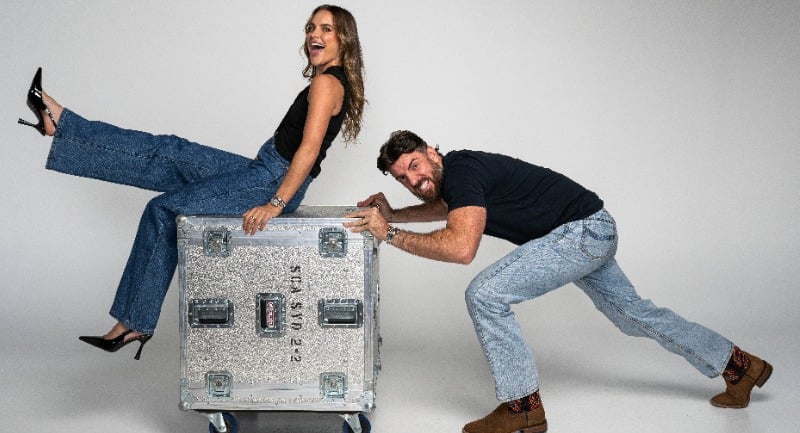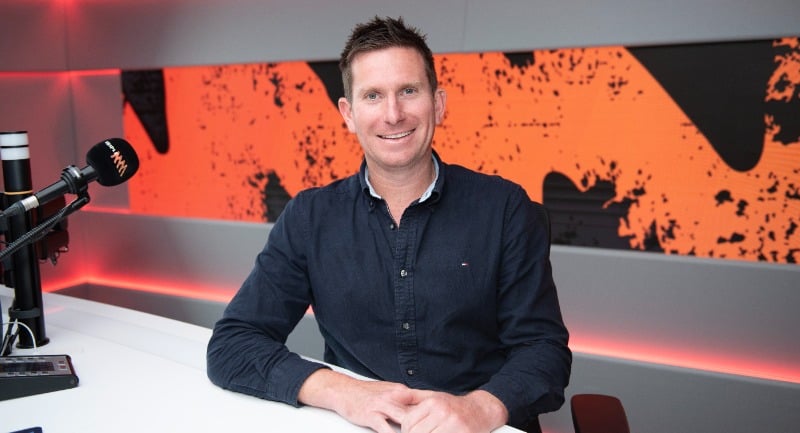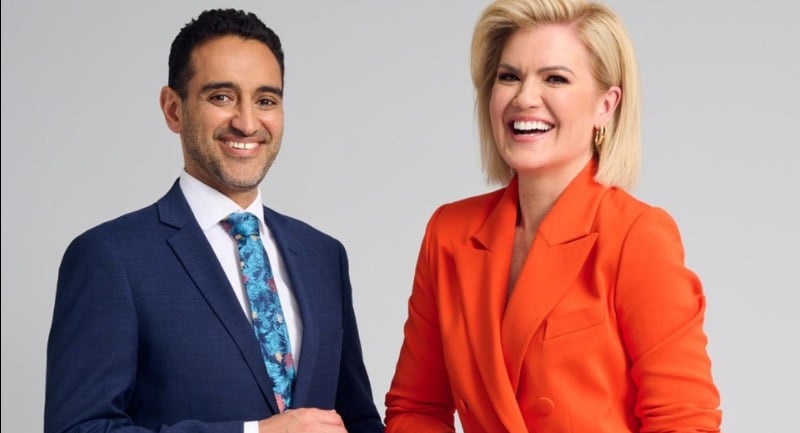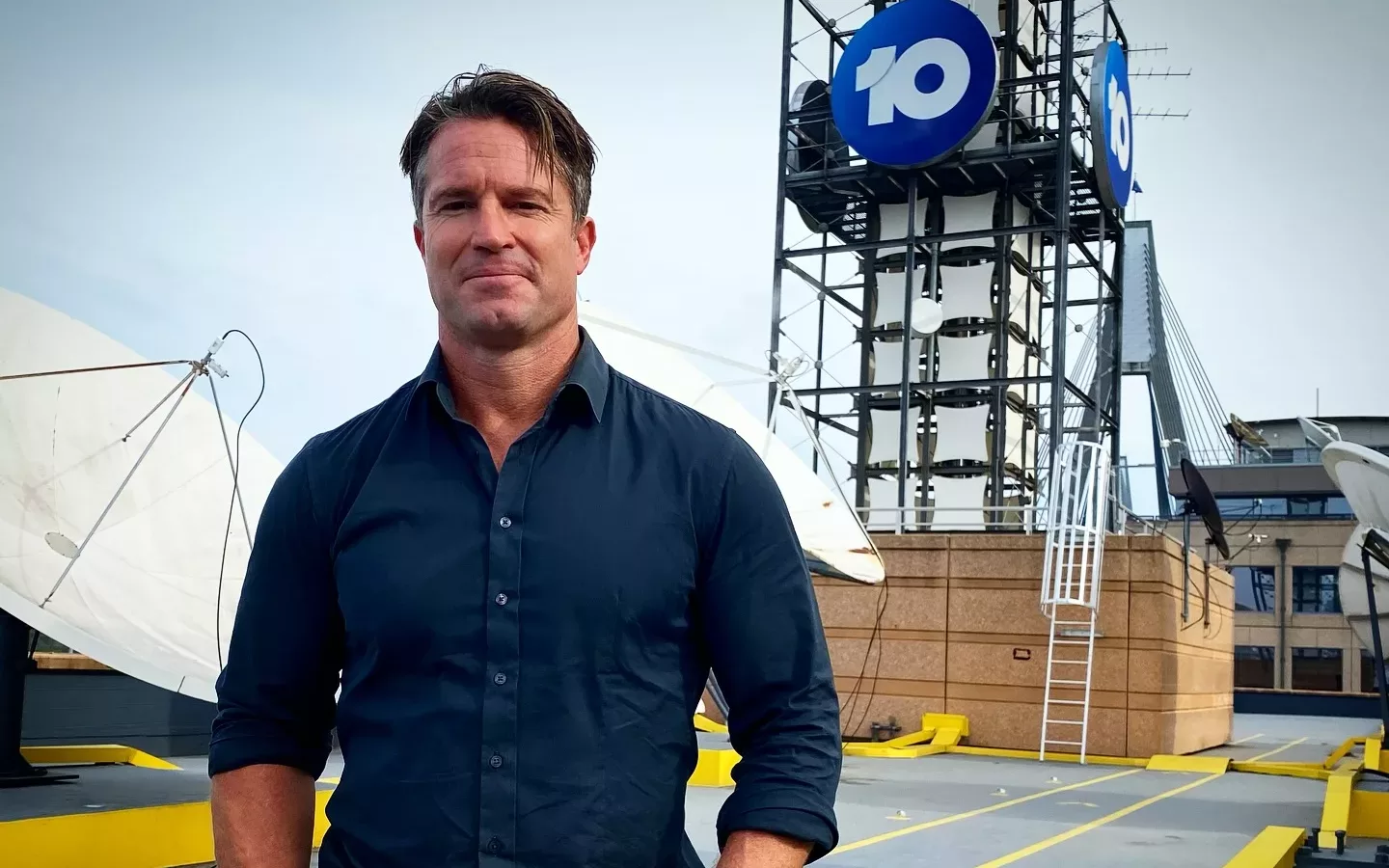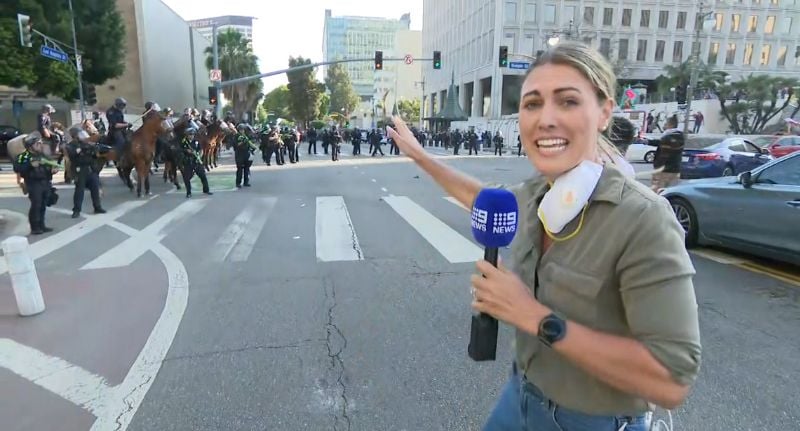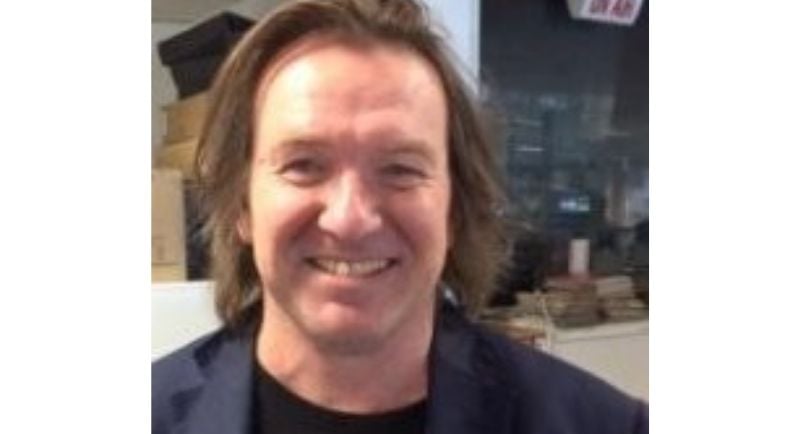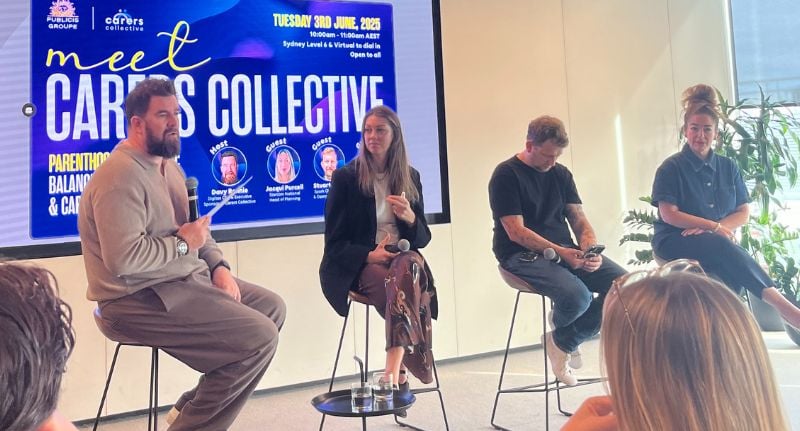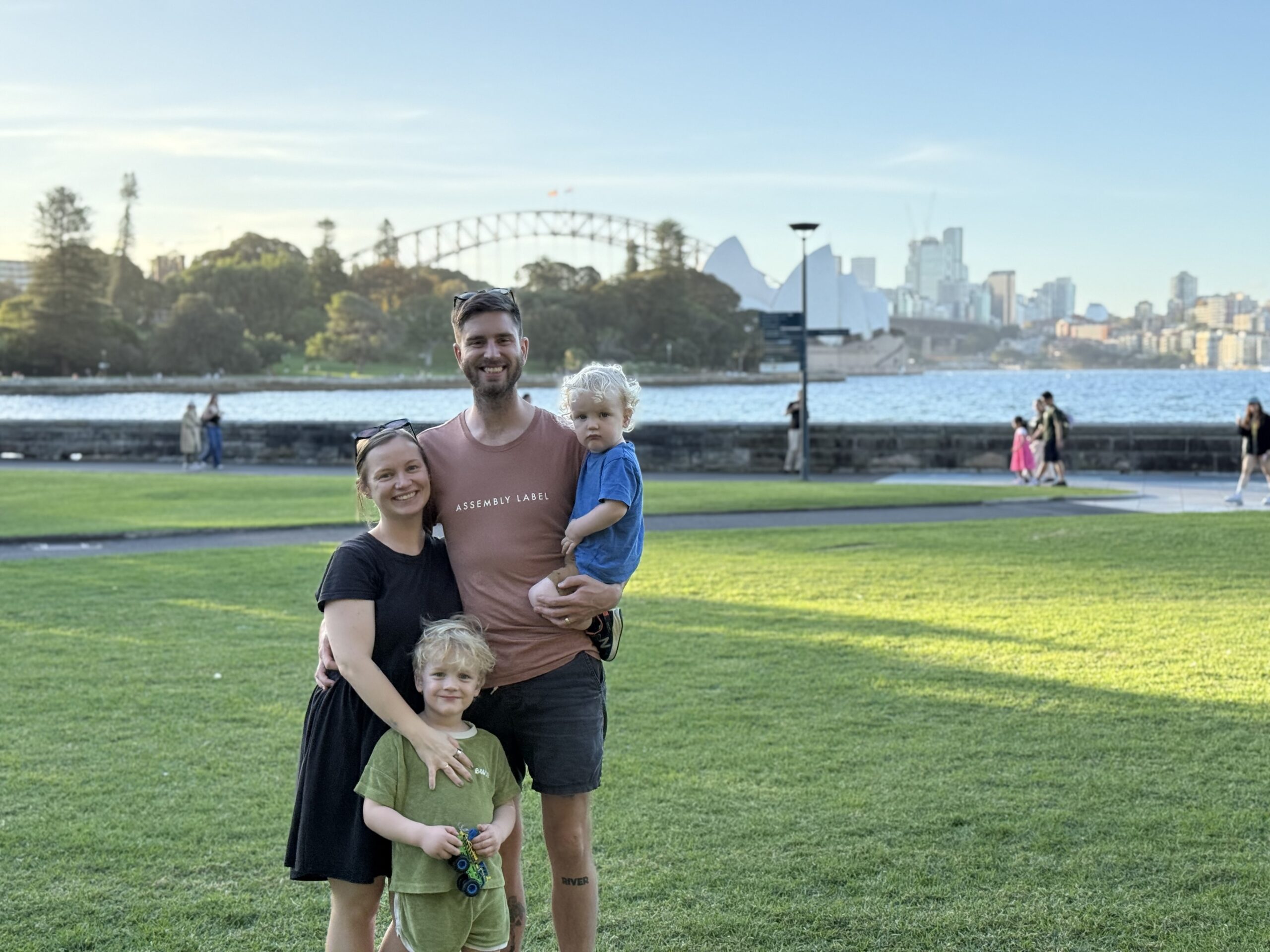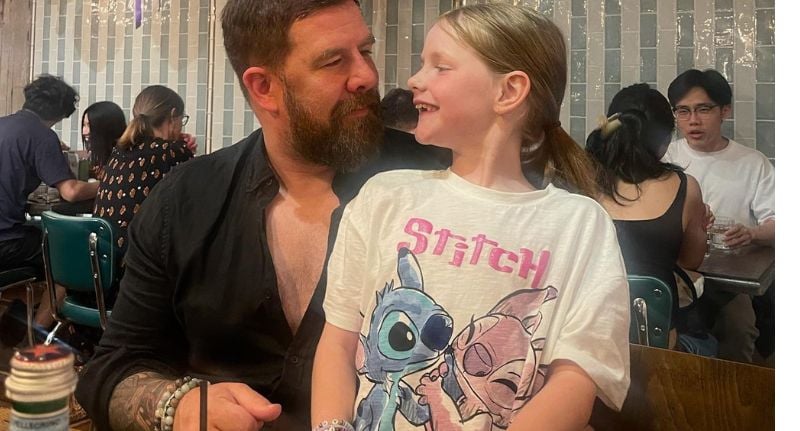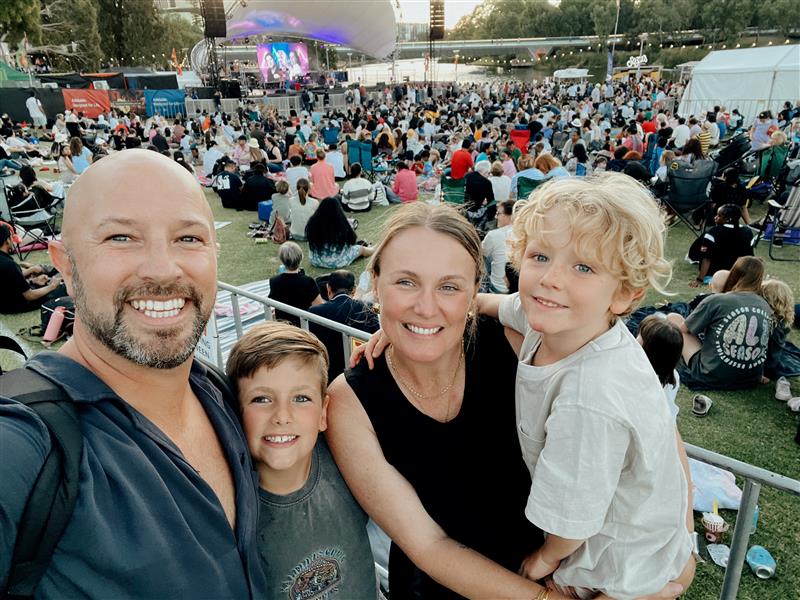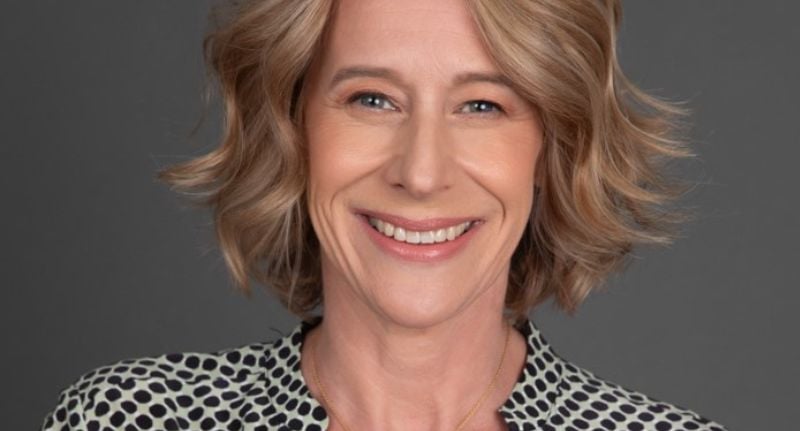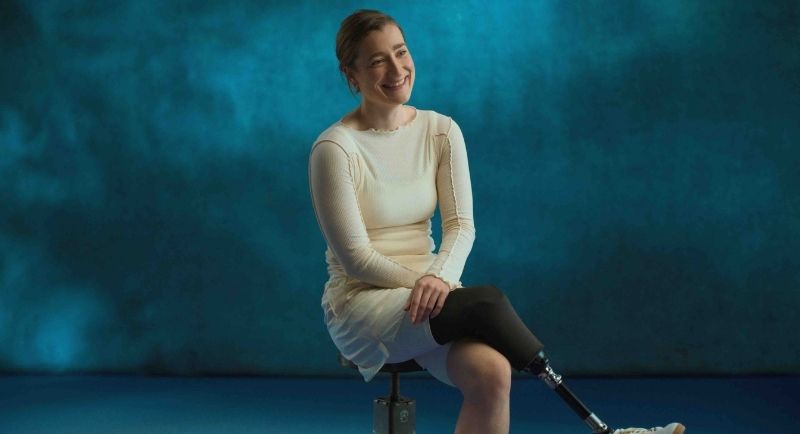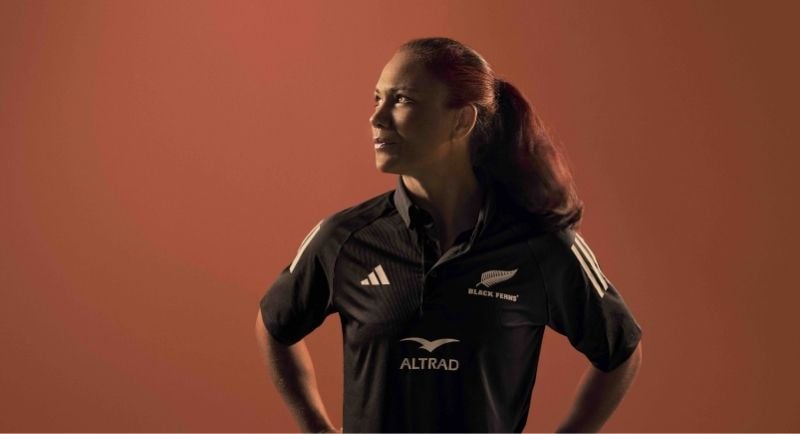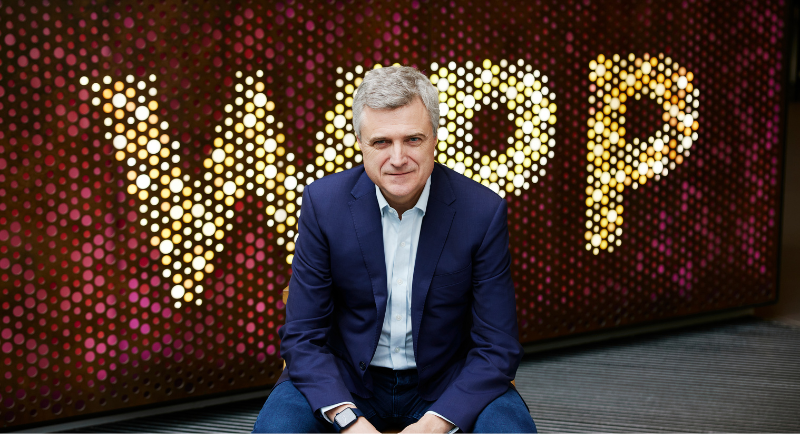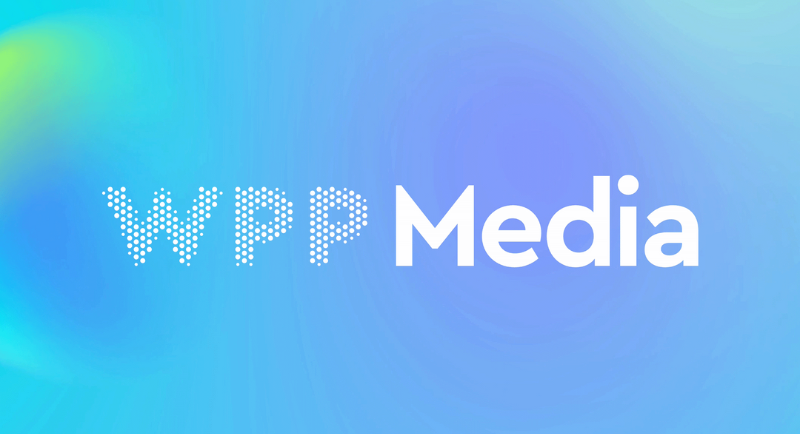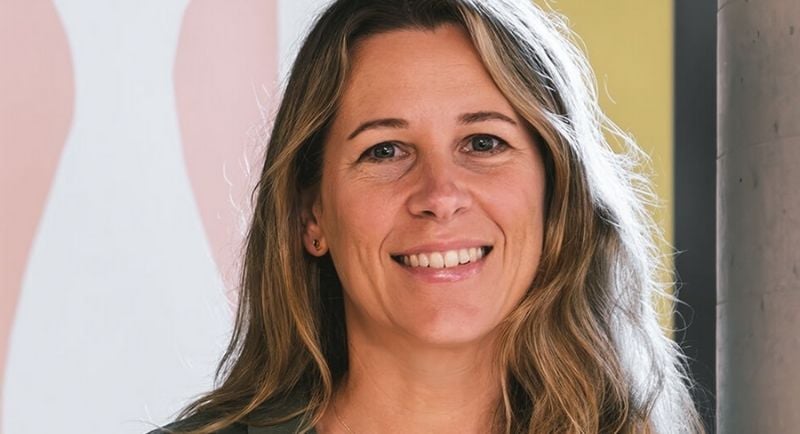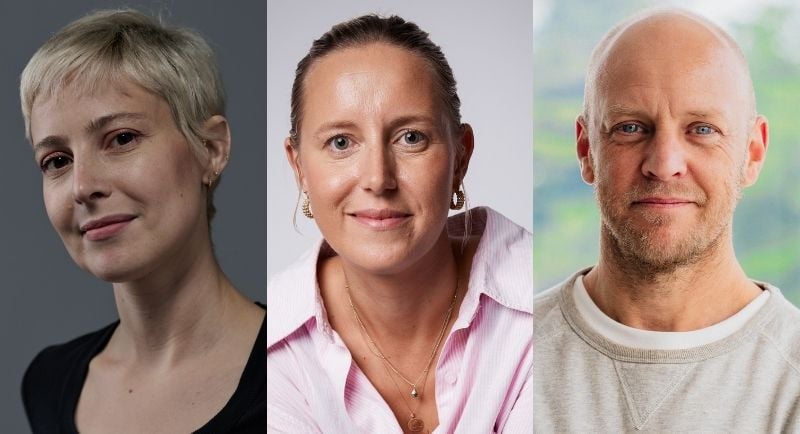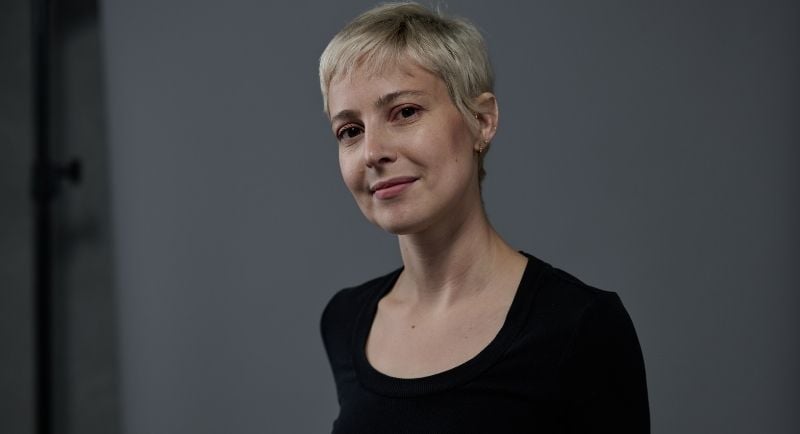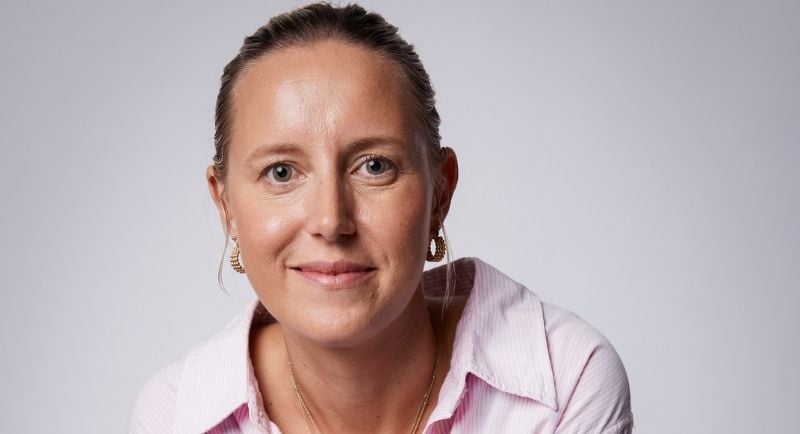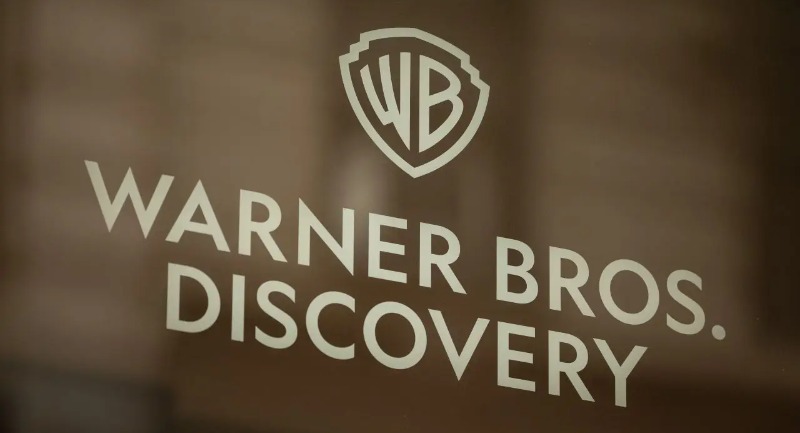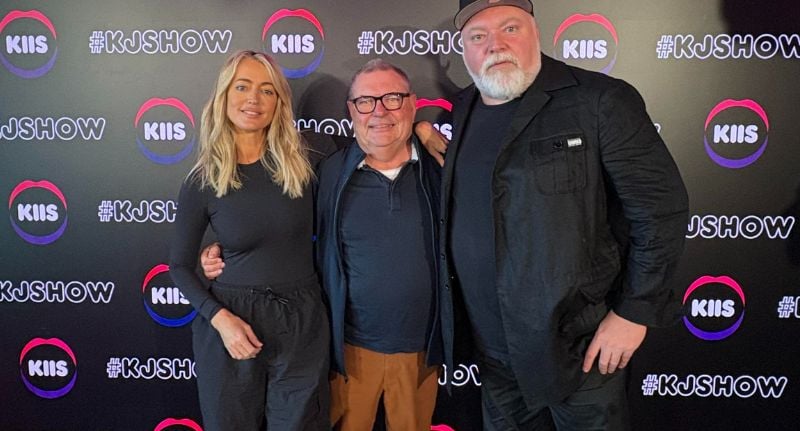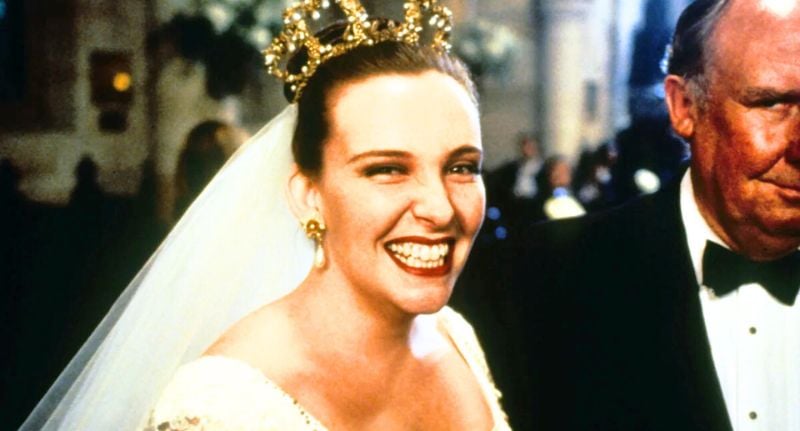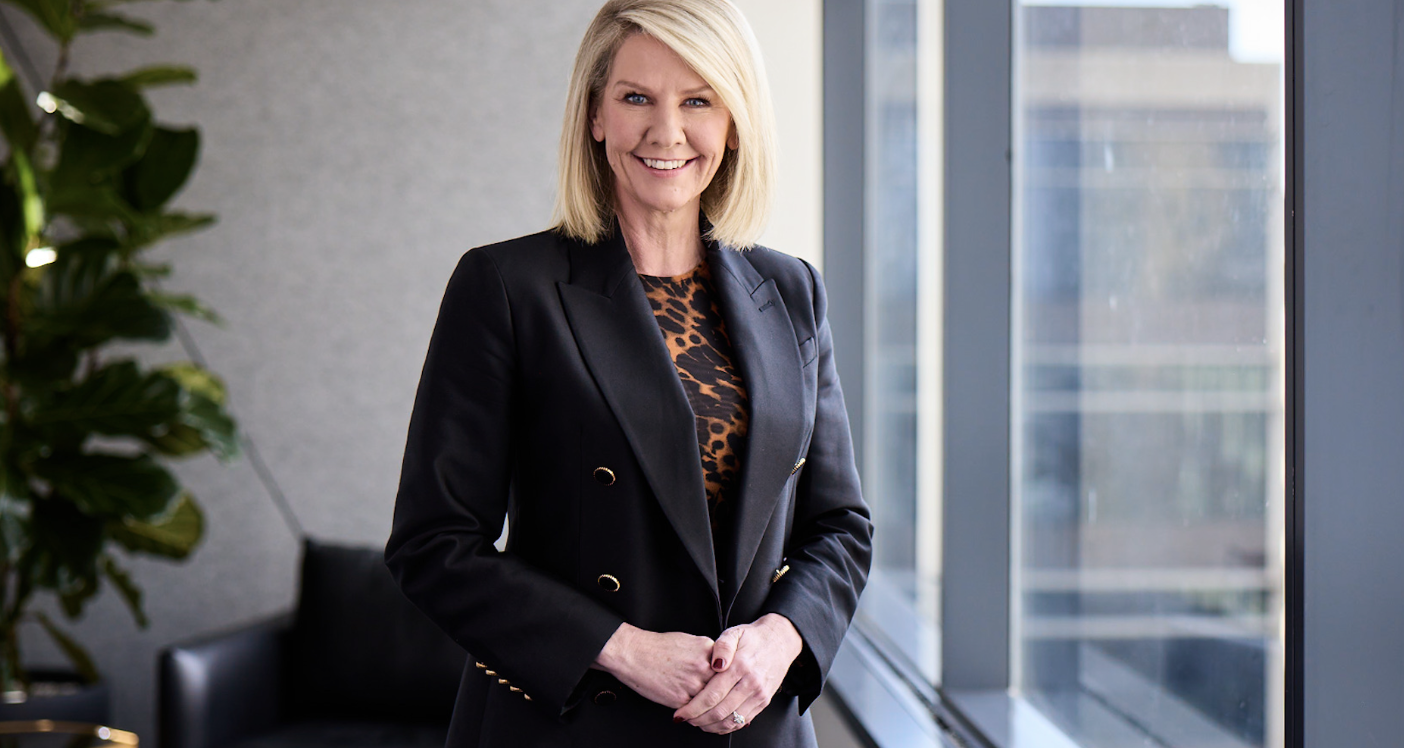P.J. Hogan is panicked.
The acclaimed director of Muriel’s Wedding is gearing up to attend a special screening of the film. The only problem is, he wasn’t aware it would be a carpet occasion.
“Oh, shit. Now I’ve got to figure out what I have to wear,” Hogan laughed to Mediaweek the day before the event.
“Thank you for telling me that. All right, no worries.”
It’s this unpretentious, distinctly un-Hollywood attitude that’s allowed Hogan to keep tapping into the deeper recesses of the human experience, giving us some of the most memorable characters and stories to hit the screen.
In this in depth chat, Hogan revealed to Mediaweek the arduous process of getting the movie off the ground, doubts on set, Toni Collette’s raw magnetism, and a character who, long before social media, showed us what it meant to curate a life from the margins.
Just don’t call him likeable.
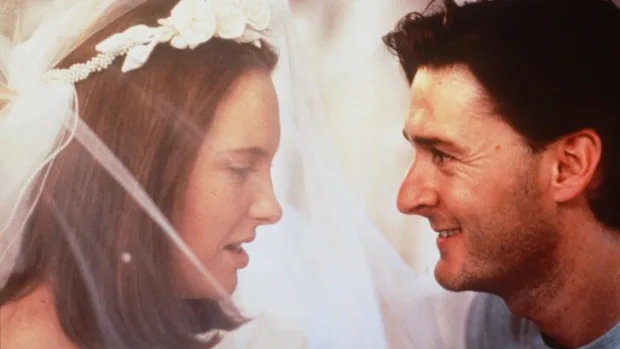
P.J. Hogan with Toni Collette on the set of Muriel’s Wedding
Mediaweek: Did you always know Muriel’s Wedding would be a success?
Hogan: Nothing could be further from our minds. I was actually convinced at the time that nothing was working. It wasn’t an easy film to make, and nobody wanted to make it. We shopped the script around for years, and we had been rejected by pretty much everybody in this country and overseas.
All the usual suspects that the producers sent the script to turned it down, and they all said the same thing: nobody was interested in a story about this girl because, as written, she’s a liar, hates herself, and steals money from her family. You know she’s, she’s not. She’s not a…
Mediaweek: …likeable protagonist?
Hogan: As a filmmaker, one of the terms I hate most is likeable. They always ask that question whenever you send out a script or receive one. As a filmmaker, one of the terms I hate most is likeable. They always ask that question whenever you send out a script or receive one.
I mean, even on My Best Friend’s Wedding, which I really liked the script of that, and the studio was set to make it because Julia Roberts wanted to do it, but they kept saying, ‘you’ve got to make her more likeable’. But likability ultimately leads to blandness, and I think that for me, I don’t really care too much about whether or not a character is likeable.
I want the audience to understand them, and even at their most unlikable moments, if they understand them, they might even see themselves in the character.
Mediaweek: How hard was it to get the cast over the line given most of the actors were relative unknowns?
Hogan: Well, that was the other thing, nobody wanted to make it unless it was cast with better-known actors. Someone even suggested offering it to Liv Tyler, saying she could play the role if she had her hair up and wore glasses. These were the things that people were telling us. And, well, that’s actually not what the story is because if she looked like Liv Tyler, she wouldn’t have a problem.
Mediaweek: With all that pushback, how did you eventually get the film made?
Hogan: Well, it was a miracle. We eventually did get some money from a French company, CiBy 2000, which was the one company that believed in the idea. Then, when we managed to scrape together the rest of the money, we could return to the Film Finance Corporation Australia (AFF). So we all went into it thinking this is obviously a risk.

Toni Collette stars in Muriel’s Wedding
Mediaweek: What about when filming started?
Hogan: Oh yeah, even when we were shooting that word ‘likeable’ kept ringing in my head almost every day on set and then when I looked at the rushes, I remember thinking ‘well, that’s not likeable’ (laughs). But at the time, what I didn’t see was that Toni Collette just radiates on screen.
Mediaweek: Talk to me about Toni.
Hogan: Oh, she’s a brilliant actress, and she just had a way of taking you into the character, you know, right beneath the skin of the character.
Toni managed to make the audience understand why Muriel was doing these horrible things, even if the character couldn’t explain it to herself, and that was really the key.
Also, I think because Muriel was so unlike any other character who’d been on film, particularly in a lead role and as the central focus of the story, that in itself was exciting to an audience.
Mediaweek: What was it like when you first discovered Toni?
Hogan: Well, she was so ready for a role like this. At that stage, she had only played supporting roles and a few stage roles, but from memory, she had been struggling for a while.
I think she’d felt as though she may as well give up on ever getting a break like this, so when it came along, she just understood Muriel. More than that, she was just so hungry to play Muriel was and still is the poster child for the rejected, the under appreciated, and the misunderstood in the world.
It was much the same for Rachel (Griffiths – who played Rhonda Epinstalk). There just weren’t roles available for their scope of talent. So when these roles came along, they gave it everything. It was amazing to see.
Mediaweek: What about the entire casting process?

Toni Collette and Rachel Griffiths star in Muriel’s Wedding
Hogan: We worked a lot in TV, and we knew a lot, a lot of actors from the various experiences in Australian television, and we knew there were so many actors there who just never got past the first audition, or who weren’t seen at all. Myself and Jocelyn Moorehouse (Hogan’s real-live wife) wrote characters in Muriel’s Wedding that were difficult to cast.
I based many of the characters on people I knew from back when I was growing up on Coolangatta.
I’d written to these people, and I knew them, and therefore I knew the type of actors I was looking for. And there weren’t many that came in that were right, but when they did come in, we just knew. For example, when Dan Wiley walked through the door and read to Perry, I stopped looking because I thought, ‘Oh, that’s Perry. ’ That’s the thing you look for in casting. I try never to stop until I absolutely know this feels right.
Mediaweek: What happened when the film came out?
Hogan: The film was made so long ago that back then, the Australian film industry didn’t even test movies. So, there was no such thing as previews.
But just as we were getting towards the final cut, our producer submitted it to the Cannes Film Festival, and we were accepted. And so we thought, maybe we’ve got something.
Mediaweek: What was it like seeing the film screen at Cannes?
Hogan: Well, it was actually the very first time I’d ever seen it in a theatre with more than three or four people, and they were, and they’re all friends.
Mediaweek: How did you feel at the time?
Hogan: I was absolutely terrified (laughs). This wasn’t an Australian audience, either, but they accepted it. But the screening turned out to be extraordinary, and we got a standing ovation. It was an incredible night. The next morning, bidding for the film began, and all those who had turned it down were now offering to pay millions.
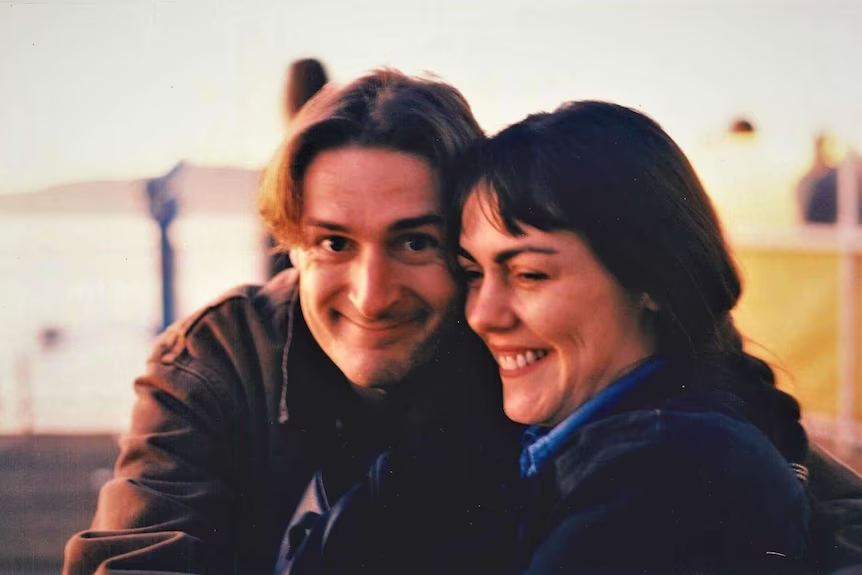
P.J. Hogan and Jocelyn Moorehouse
Mediaweek: That’s every creative’s dream! Having people who rejected them come crawling back?
Hogan: It was pretty great. We always made sure to remind them that they had been sent the script and turned it down.
But whoever we were negotiating with said, ‘Well, that wouldn’t happen had I read the script’. Sometimes we knew for a fact that they’d read the script. So, that’s very gratifying.
Mediaweek: You realise the film is on the school curriculum?
Hogan: It’s such an amazing thing. In fact, I was invited to my old school in Murwillumbah to speak about the film. I eventually ended up not going because I hated that school (laughs).
But I thought, wow, that’s something I didn’t foresee.
Mediaweek: What do you think is behind its staying power?
Hogan: I don’t really have a theory, except that at least in this country, in Australia, there’s something that rings true about it. I also think that, even though it was marketed at the time as a comedy, it’s so much more.
It looks at family dysfunction in such a way that I think has contributed to its staying power.
Another thing that people have told me is that Muriel was, in a way, the first social media influencer without social media. She was somebody who curated their life and about everything that they did and who they were, and that’s what everybody does on social media now.
They all curate their lives. We all know that Kim Kardashian takes 30 selfies and only puts up one and says, ‘Oh, I just accidentally took this and it’s perfect’. Muriel was there before them all.
She does anything for attention. She even married someone she didn’t love so she could be famous. So Muriel was really one of the first characters in film who is famous for being famous. And I think she’ll continue to stay relevant because there are so many echoes that we will keep discovering as time goes on.
Keep on top of the most important media, marketing, and agency news each day with the Mediaweek Morning Report – delivered for free every morning to your inbox.
